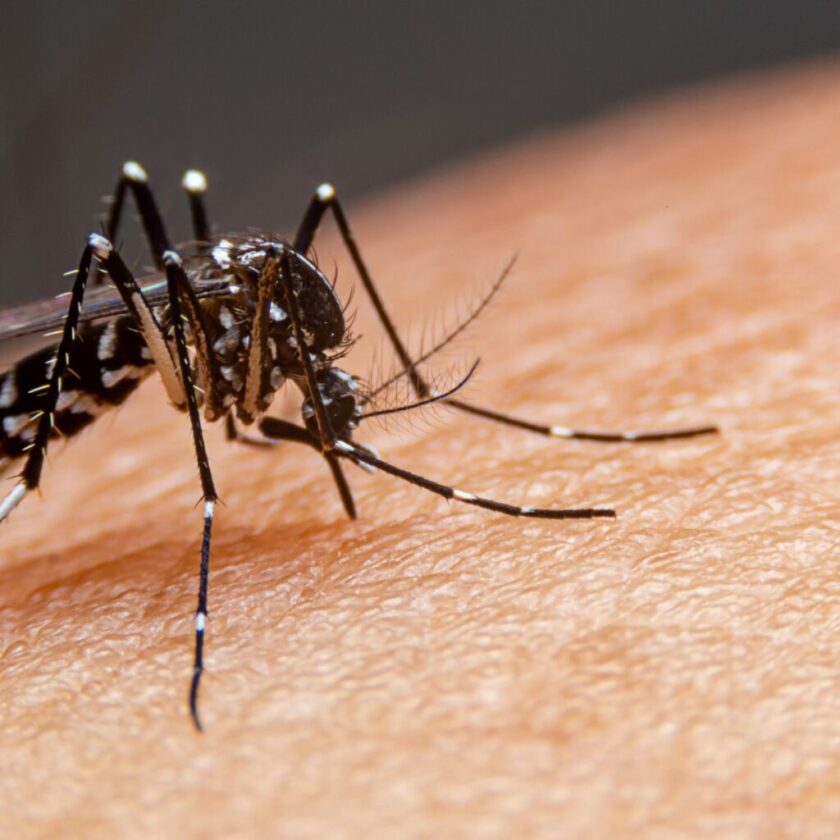By: Dr. Abhishek Kumar Pandey, Asstt. Editor-ICN
This condition came to be called “Trench Mouth” because of its prevalence among soldiers fighting in the trenches during World War I.
LUCKNOW: ANUG stands for Acute Necrotizing Ulcerative Gingivitis. It is a common, non- contagious infection of the gums that occurs suddenly. It is also known as trench mouth, Vincent’s angina. It is characterized clinically by gingival erythema and pain, fetid odour, necrosis and sloughing of intrerdental papillae and marginal gingiva which give rise to a grey pseudomembrane formation, fever, regional lymphadenopathy and other systemic manifestations. ANUG primarily affects young adults of 18 to 30 years.
The term trench mouth can be traced back to World War I, when it was common for soldiers to experience severe gum problems because they didn’t have access to dental care while in the battle.
Fig. Reddish swollen gums.
Our mouth naturally contains a balance of healthy bacteria, fungi, and viruses. However, poor dental hygiene can cause harmful bacteria to grow. The causative organisms are anaerobic bacteria, particularly fusobacteria and spirochete species. Vincent identified Borrelia vincentii (a spirochete) and Bacillus vincentii (a fusiform) microscopically as pathognomonic of the lesion. This leads to the lesion formerly known widely as Vincent’s disease.
The main anaerobic organisms currently implicated in ANUG are fusobacterium necrophorum; Bacteroides meaningenicus species. Intermedius, now known as Prevotella intermedia; Fusobacterum nucleatum, porphyromonas gingivalis as well as trepanoma and selemonas species.
Several risk factors are thought to contribute to the development of ANUG. Smoking is frequently mentioned as a predisposing factor, likely due to catecholamine’s released in response to nicotine, which could cause a reduction in gingival papillary flow and thus lead to papillary necrosis. Poor oral hygiene has also been implicated as a predisposing factor.
Among ther identified risk factors is stress. Stress could be in the form of emotional stress, which is often seen among military cadets, in harsh physical conditions, and in stressful living endemic contagious diseases, especially measles. Stress is believed to predispose to ANUG by causing an elevation in adrenocortical secretion.
This condition is seen mostly in persons with AIDS, or in people living in impoverished and stressful conditions.
Symptoms of trench mouth include- bad breath or a bad taste in the mouth, bleeding in response to irritation (such as brushing), punched-out crater like ulcers in the mouth, covered with a whitish pseudomembrane grayish film on the gums, pain, red, swollen and bleeding gums, fever and swollen lymph nodes.
Treatment includes irrigation and debridement of necrotic areas with chlorhexidine 0.12% twice daily, oral hygiene instruction and the uses of mouth rinses and pain medication. If there is systemic involvement, then oral antibiotics may be given, such as metronidazole.
Rinses at hourly intervals with warm normal saline or twice/day with 1.5% hydrogen peroxide or 0.12% chlorhexidine may help during the first few days after initial debridement. Brushing and flossing teeth thoroughly twice a day are important for controlling the symptoms of ANUG. Warm salt water rinses and rinsing with hydrogen peroxide can ease the pain of inflamed gums and also help to remove dead tissue. It is also recommended to avoid smoking and eating hot or spicy foods while your gums heal.
To avoid complications of ANUG follow these steps regularly:
- Brush and floss your teeth twice a day, especially after a meal
- Avoid tobacco products, including cigarettes.
- Have a healthy diet
- Keep your stress level down
Besides the above, you should also continue to see your dentist twice a year so he can detect any potential problems before those issues progress into severe infections.




